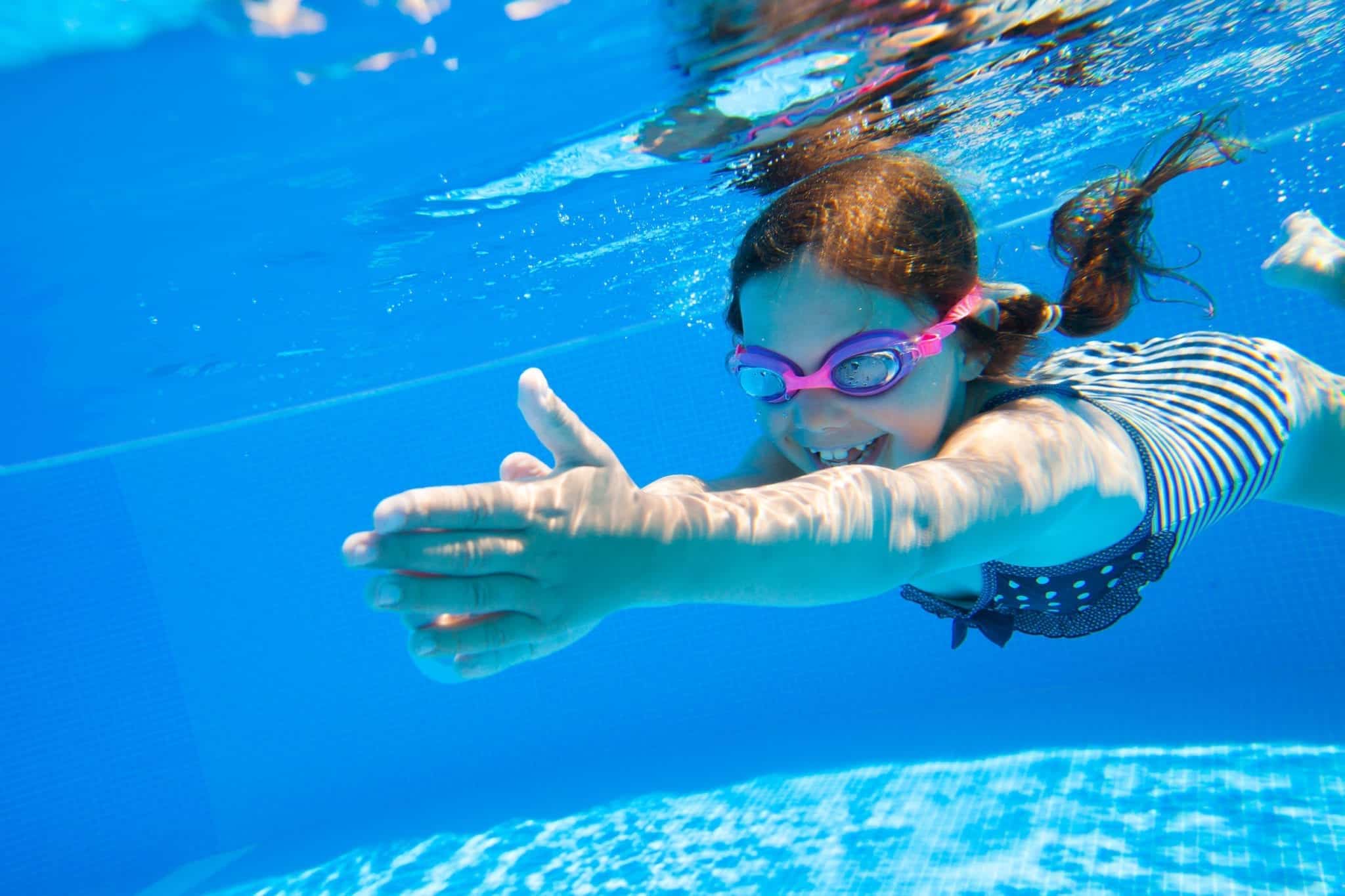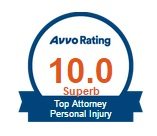We’ve all seen depictions of drowning in TV and movies. The person in trouble shouts. They wave their arms. In short, they make a huge scene.
Unfortunately, real-life drowning rarely looks this way. This matters, because according to the World Health Organization (WHO), nearly 750 children drown each year.
In this post, we’re going to share the truth about what drowning really looks like.
Imminent Drowning Signs
In the moments immediately prior to a drowning incident, most children display distress signals.
Bobbing or otherwise treading water without seeming to enjoy the static position or when it’s clearly an unsuccessful attempt to make some sort of progress may signal the child isn’t in control.
A child clinging to a wall, floatation device, or other body in the water, usually with a look of worry are all cues that you should get to them as quickly as possible while they still have the energy to hang on.
Actual Drowning Signs
Lack of Sound
A child who is unable to breathe properly cannot call for help because they are gasping for air, sometimes to the point of hyperventilation, and total silence can indicate blocked airways or water already in the lungs. What you will often see is panic or concern in your child’s expression. If their eyes are glassy or altogether closed, these, too, are indicators of real emergency.
Lack of Movement
Human instinct is to keep our airways clear, so key physical positions can indicate a child is either attempting to do this or completely unable to.
Firstly, your son or daughter won’t be waving for help. Instead, instinct tells them to press out or down, not up, to keep their head above water. Or they may tilt their head backward to keep their mouth surface-level, but usually, only their face is out of the water.
Additionally, no oxygen equals no energy. A child struggling for more than 30 seconds doesn’t have energy enough to kick, splash, or anything else you might assume indicates drowning.
Understanding “Dry Drowning”
Although the term “dry drowning” is outdated and discouraged by the medical community, preferring “post-immersion syndrome” or “delayed drowning” instead, the signs and symptoms of this condition remain the same.
The primary concern with cases like these is that often there are no early signs the victim is having an issue breathing or lacks oxygen, and sometimes no one else is even aware that water has been swallowed or inhaled at all.
If your child was recently at the swimming pool or otherwise submerged in water and exhibits any of these signs, seek immediate medical attention:
- Abnormal breathing patterns
- Confusion
- Fast or hard breathing
- Foaming at the nose or mouth
- Lethargy or unusual sleepiness
- Light-headedness or dizziness
- Trouble of any kind with breathing
- Uncontrollable or continuous coughing
- Wheezing
Watch for these signs for a few days after any time in the water to be on the safe side. Dry drowning is incredibly rare, but being aware may save your child’s life.

Knowing what to really watch for can go a long way towards making sure everyone stays as safe as possible this summer.
About the Author:
Andrew Winston is a partner at the personal injury law firm of Winston Law. For over 20 years, he has successfully represented countless people in all kinds of personal injury cases, with a particular focus on child injury, legal malpractice, and premises liability. He has been recognized for excellence in the representation of injured clients by admission to the Million Dollar Advocates Forum, is AV Preeminent Rated by the Martindale-Hubbell Law Directory, enjoys a 10.0 rating by AVVO as a Top Personal Injury Attorney, has been selected as a Florida “SuperLawyer” from 2011-2017 – an honor reserved for the top 5% of lawyers in the state – and was voted to Florida Trend’s ”Legal Elite” and as one of the Top 100 Lawyers in Florida and one of the Top 100 Lawyers in the Miami area for 2015, 2016, and 2017.
 Florida Helicopter Tours: Are They Really Safe?
Florida Helicopter Tours: Are They Really Safe? 
















